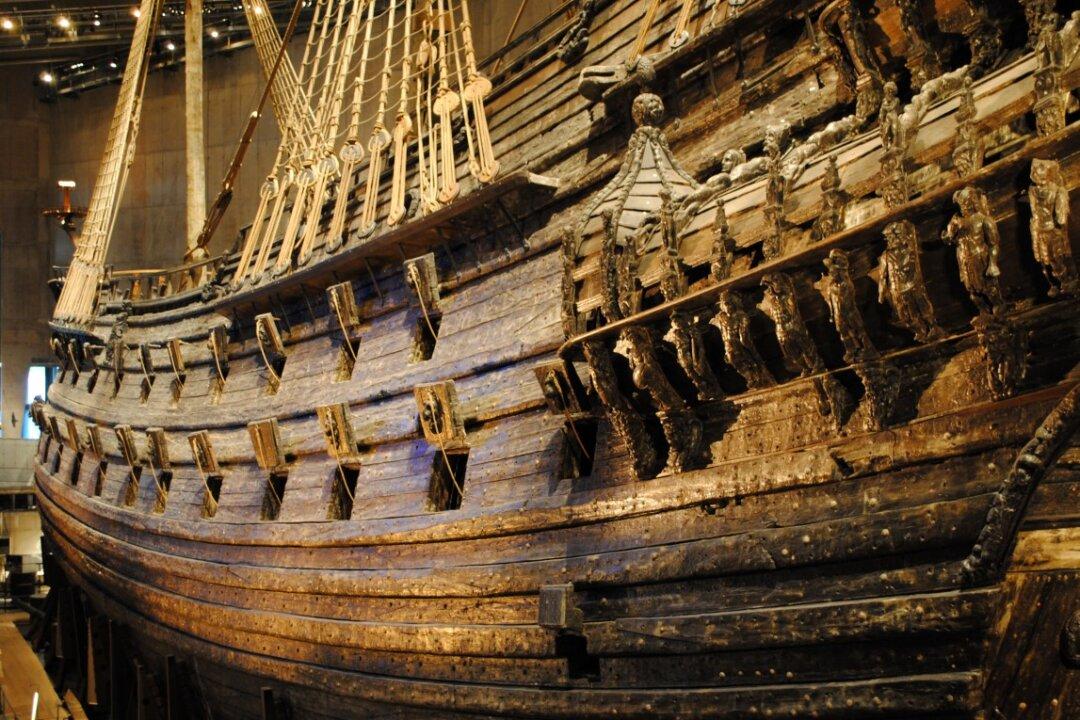First, the story of the Vasa, Sweden’s greatest warship:
- During the early 1600’s, Sweden rose almost overnight into one of Europe’s major political powers. It controlled most of the Scandinavian Peninsula, as well as all the way around and back into mainland Europe, including most of Finland and the Baltic states. Though it might be quite difficult to imagine now, as Sweden is one of the most peaceful, democratic, and socially-liberal nations in the world, but centuries ago it was one of the most militarized nations.
- The king of Sweden at the time, Gustav II Adolf (known more often now by has latinized name, Gustavus Adolphus), was considered one of the most successful military leaders, but his navy was in poor shape due to an ongoing war with Poland. Sweden had numerous lighter, cheaper ships, but King Gustavus Adolphus eyed much greater ships; larger ships and bigger guns would send a message of might and power to all their enemies, and so he commissioned five of these massive warships, called regalskepp: Äpplet, Kronan, Scepter, Göta Ark, and the Vasa.
- Out of those five ships, the Vasa was to be the mightiest, and it was also the first one built. On August 10, 1628, the Vasa was deemed complete and set sail on her maiden voyage. As the ship came around a bend, it suddenly tipped over to its left (port) side; water came rushing in, and the ship sank after traveling only about 1,300 meters, and only 120 meters from shore.
Over time, the ship was forgotten, and then its location became lost until the 1950’s. After being sunken for about 333 years, the Vasa was lifted up in 1961. The ship was in relatively good condition, the dirty water coincidentally preserving Vasa’s wood by killing harmful microorganisms. In 1990, Sweden built the Vasamuseet (Vasa Museum) on the Stockholm island of Djurgården to house the ship and to display to the public this unique piece of Swedish history.

Vasa warship at Vasamuseet, the Vasa Museum in Stockholm, Sweden Christian Eilers





